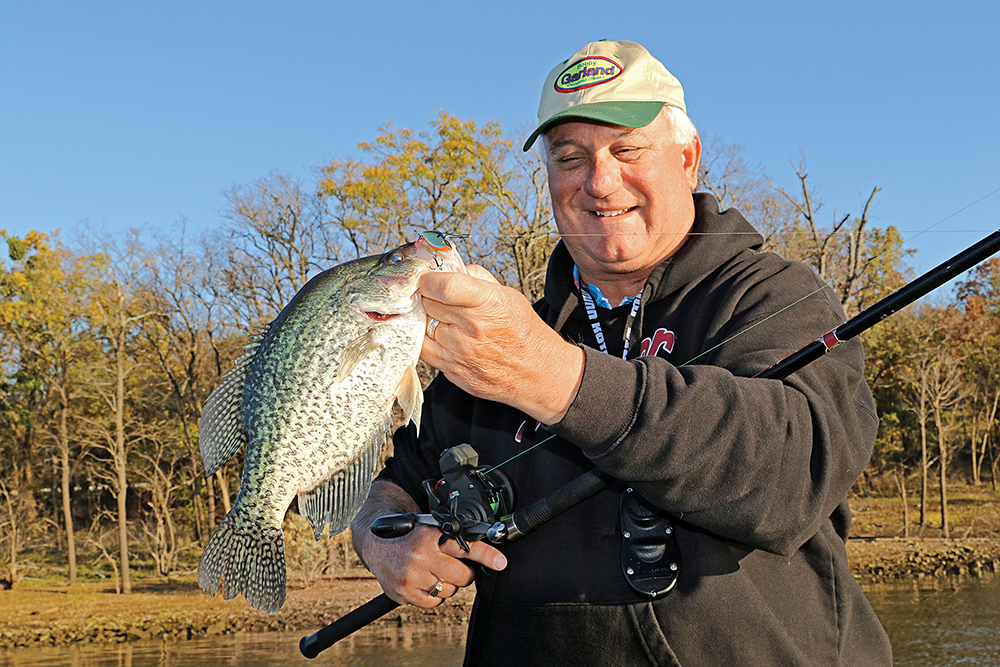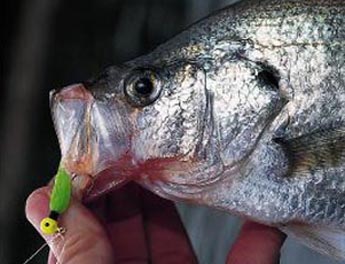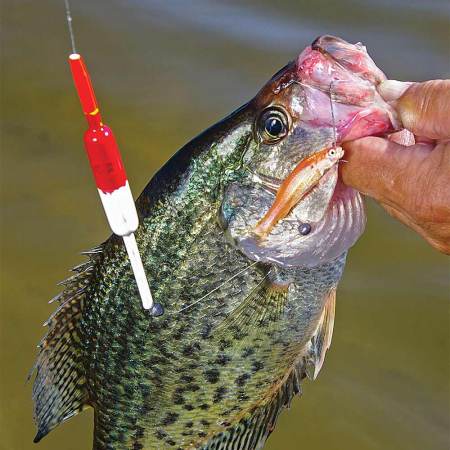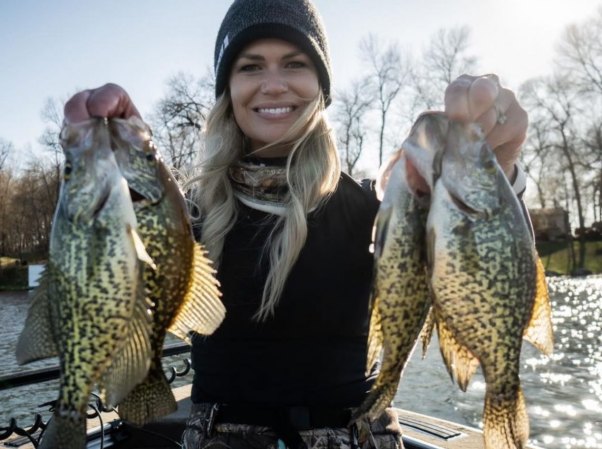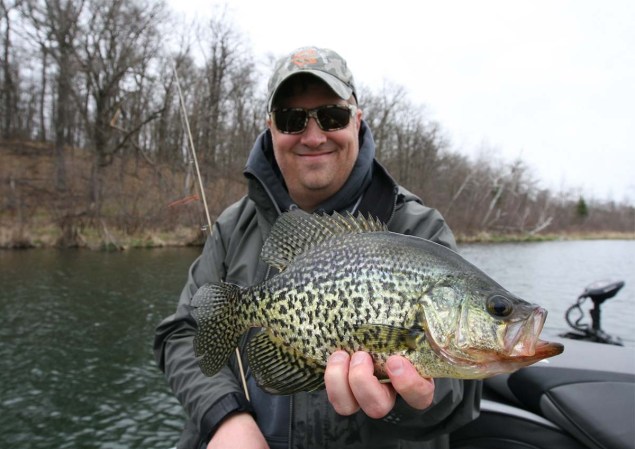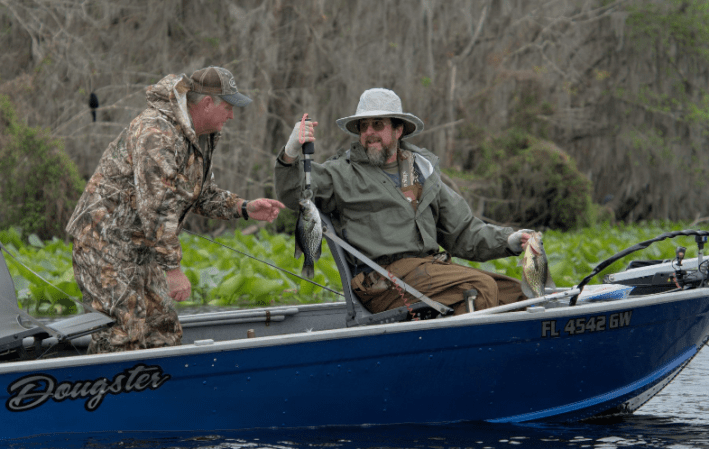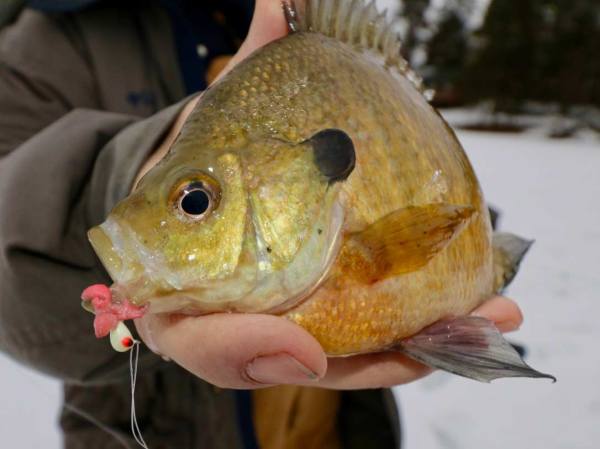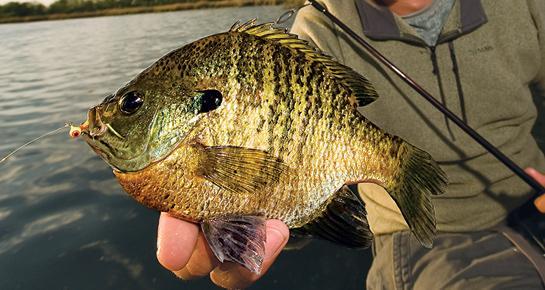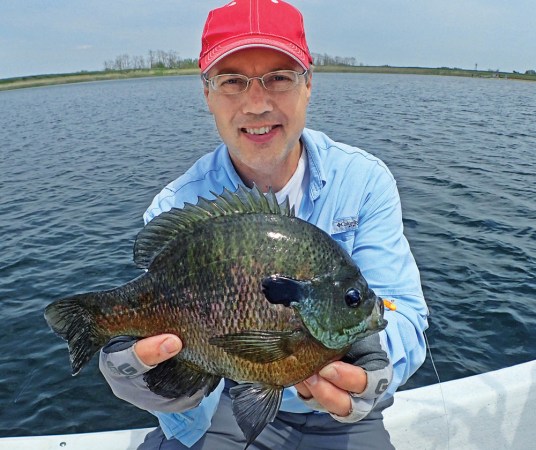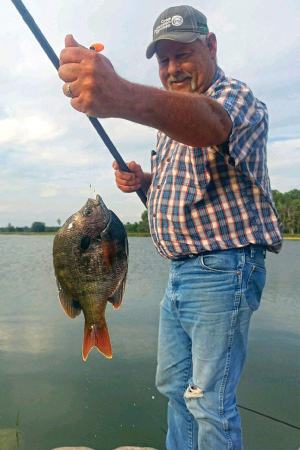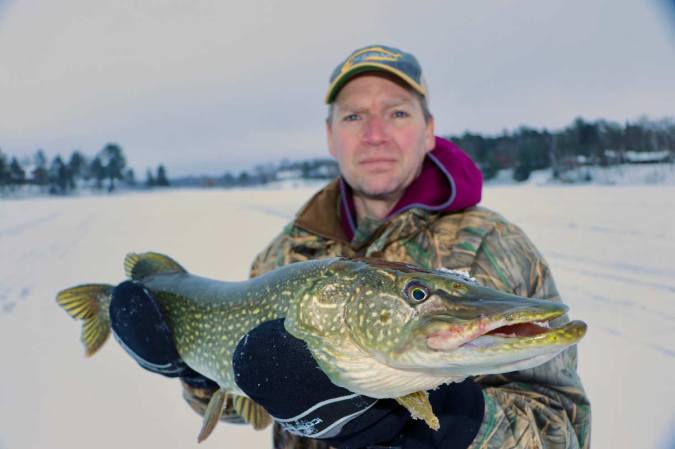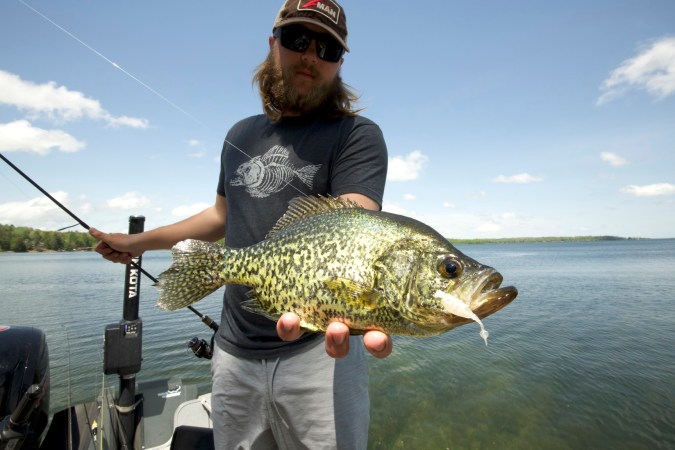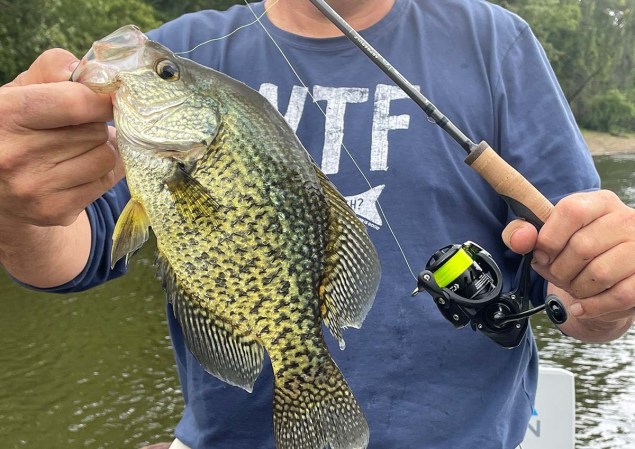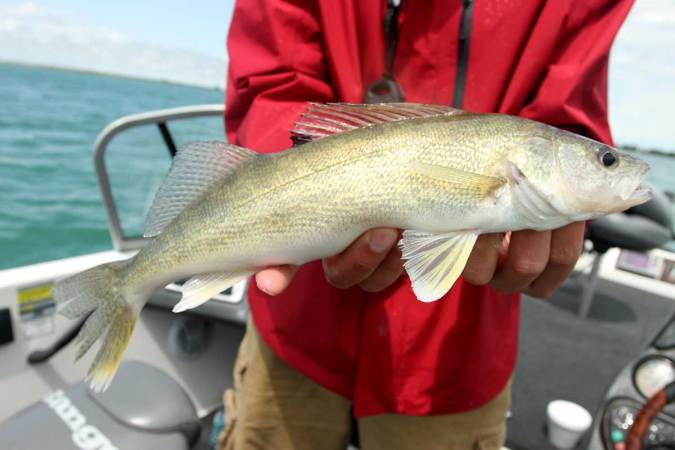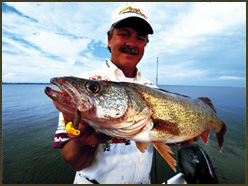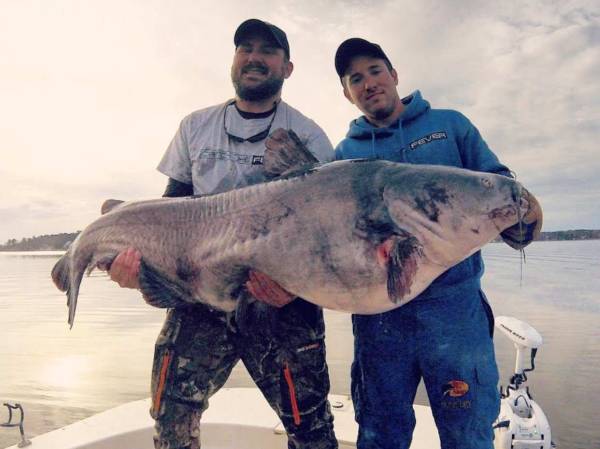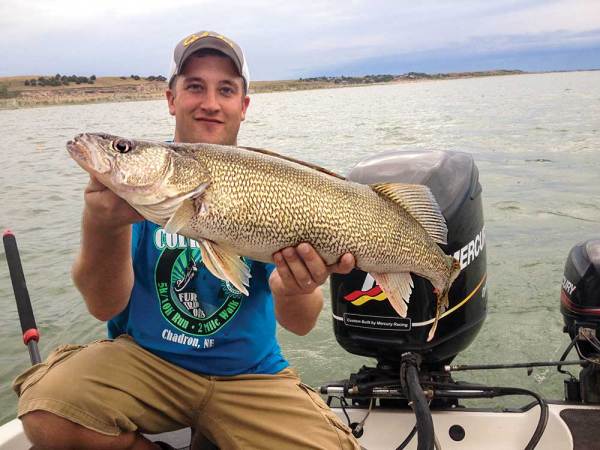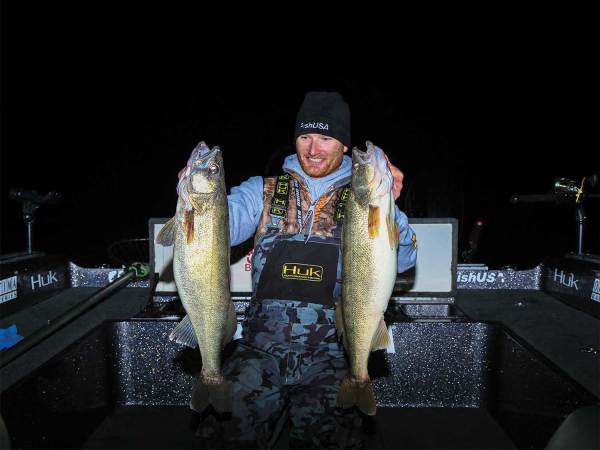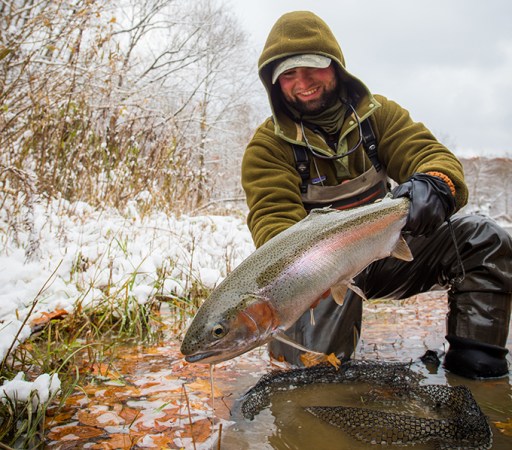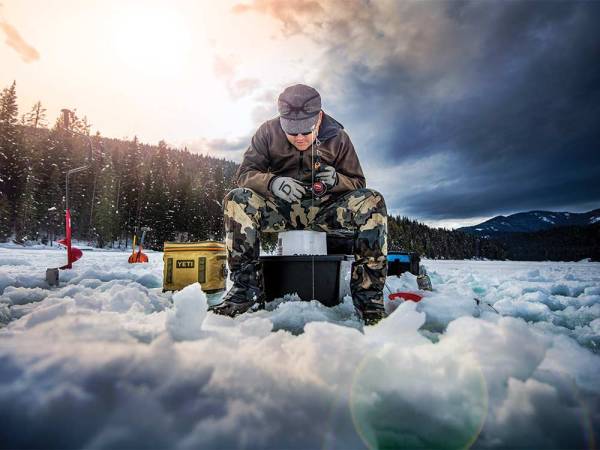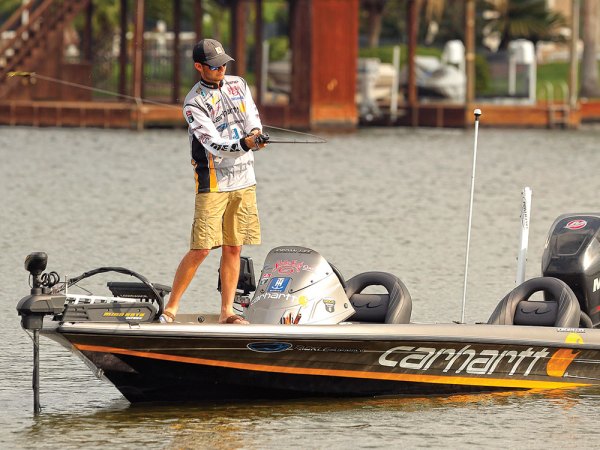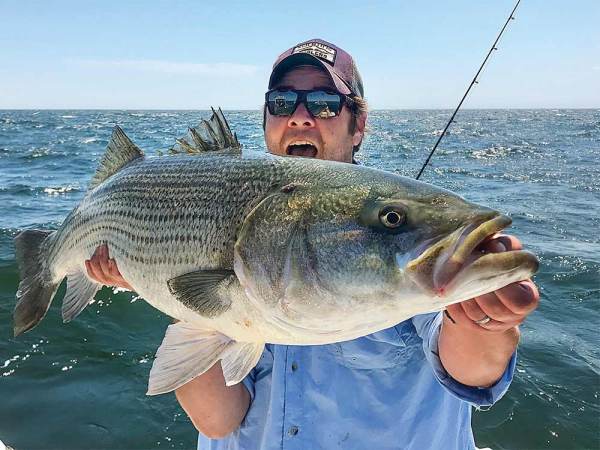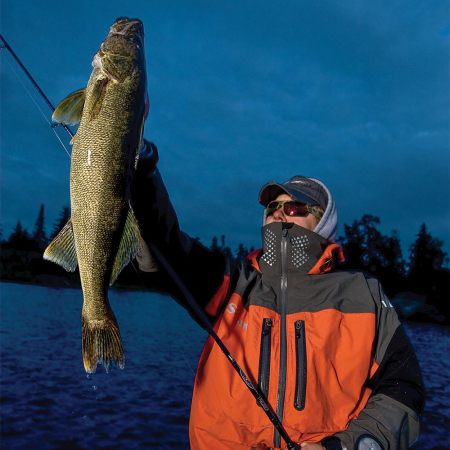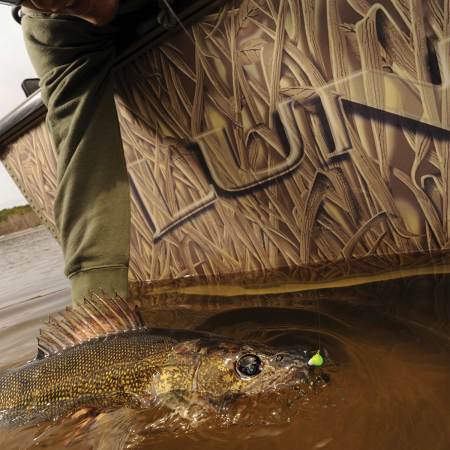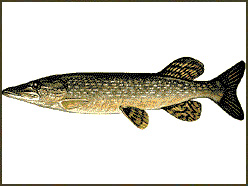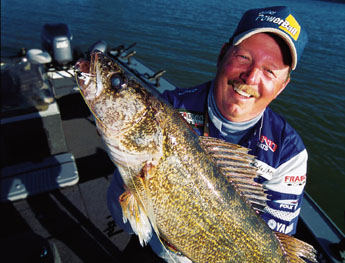We may earn revenue from the products available on this page and participate in affiliate programs. Learn More ›
It’s a darn panfish, for gosh sake. How hard can it really be to catch one—or 20? When it’s the right place at the right time, the answer is: Not that hard at all. However, if you’re serious about your crappie fishing, and the spawn is over, filling a bucket with slabs becomes a bit more difficult and a tad more technical.
When crappies are scattered, or if they’re tightly clustered on specific areas, dialing in the sweet spots means covering water, noting bite details, and developing replicable patterns. Confronted with multiple factors of depth, distance, and different bait actions, crappie pro Dan Dannenmueller dissects the complex challenge with a plain—make that “planer”—solution.
Borrowing a page from the walleye angler’s playbook, Dannenmueller deploys a spread of jigs, crankbaits, and Roadrunners, each towed behind a planer board. The board’s front clip secures the line, while a rear clip loosely holds the line until a strike pops it free and releases the spring-loaded signal flag.
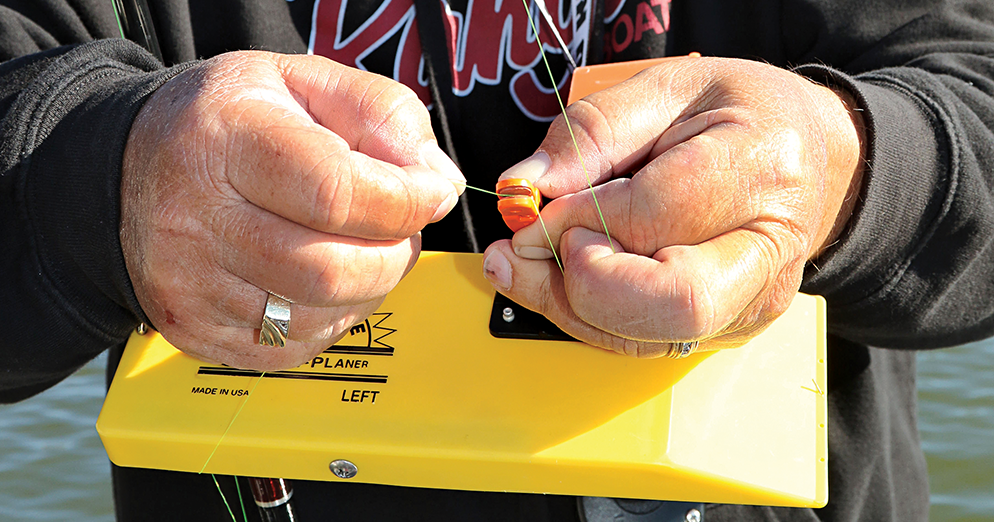
Essential to this technique is a Tadpole trolling weight clipped between the main line and a 2- to 3-foot bait leader. Referring to the Precision Trolling Data app on his smartphone, Dannenmueller determines the amount of line and the boat speed necessary to achieve the precise crappie-holding depth. Electronics play a key role in determining the proper depth, bottom contour, and structure that you plan to fish, and helps you keep your spread over the most promising water.
For precise bait placement, Dannenmueller fishes his planer baits on Abu-Garcia Alpha Mar conventional line-counter reels. Lever-action reels facilitate more convenient line release than thumb-bar models, and star drags simplify small tension adjustments. His 8-foot B&M catfish rods might seem like overkill, but this technique requires beefy sticks to withstand planer drag.
Stern rod racks—one per side—each hold four rods staggered in height, front to back. Deploying rods highest to lowest ensures that each subsequent planer and bait lines up below the previous one for effective spread spacing, which prevents line fouling.
Setting the spread at an established trolling speed helps keep everything in order. Dannenmueller uses a hands-free Minn Kota Ulterra for direction and speed control.
“The boards have helped us locate and catch fish when they are in open water feeding on schools of shad,” says Dannenmueller. “We can cover varying depths as well as large areas of rivers and lakes, thus eliminating non-productive areas while concentrating on the areas that produce quality fish. It’s a great crappie-catching tool.”
Photographs by the author
